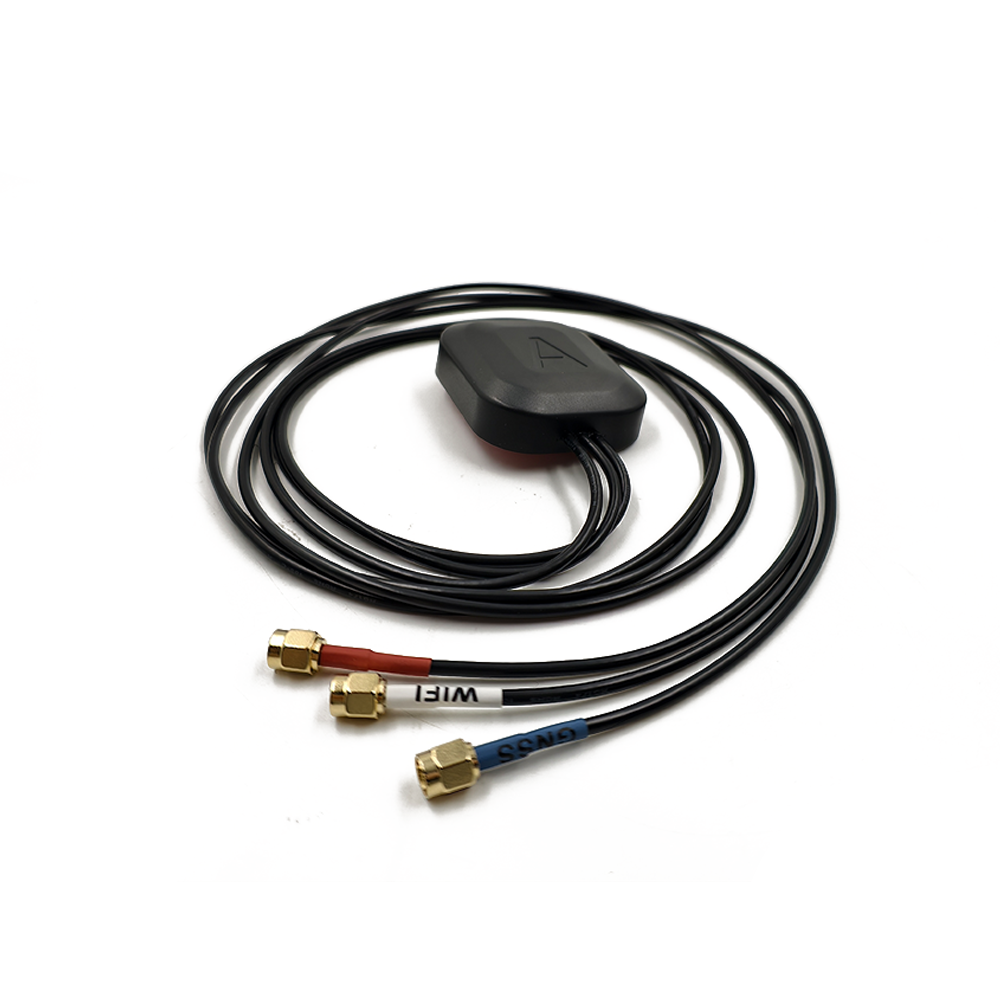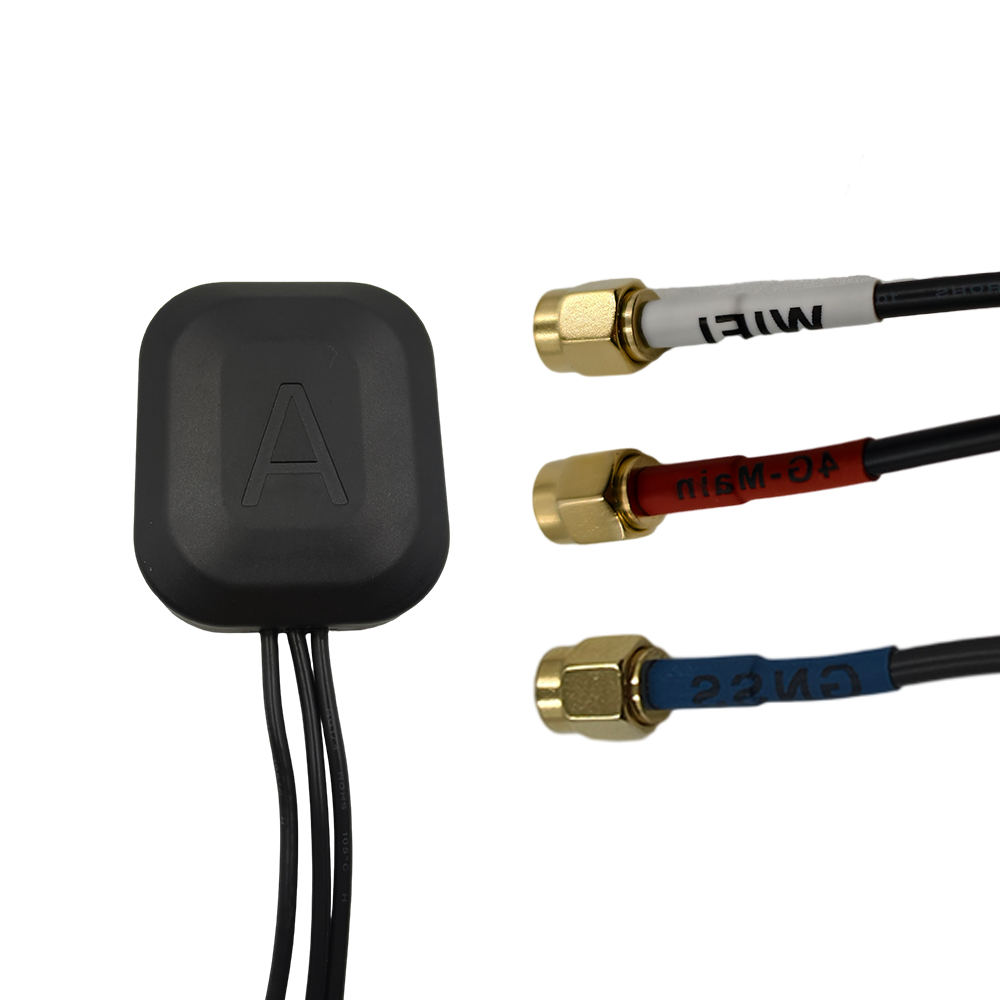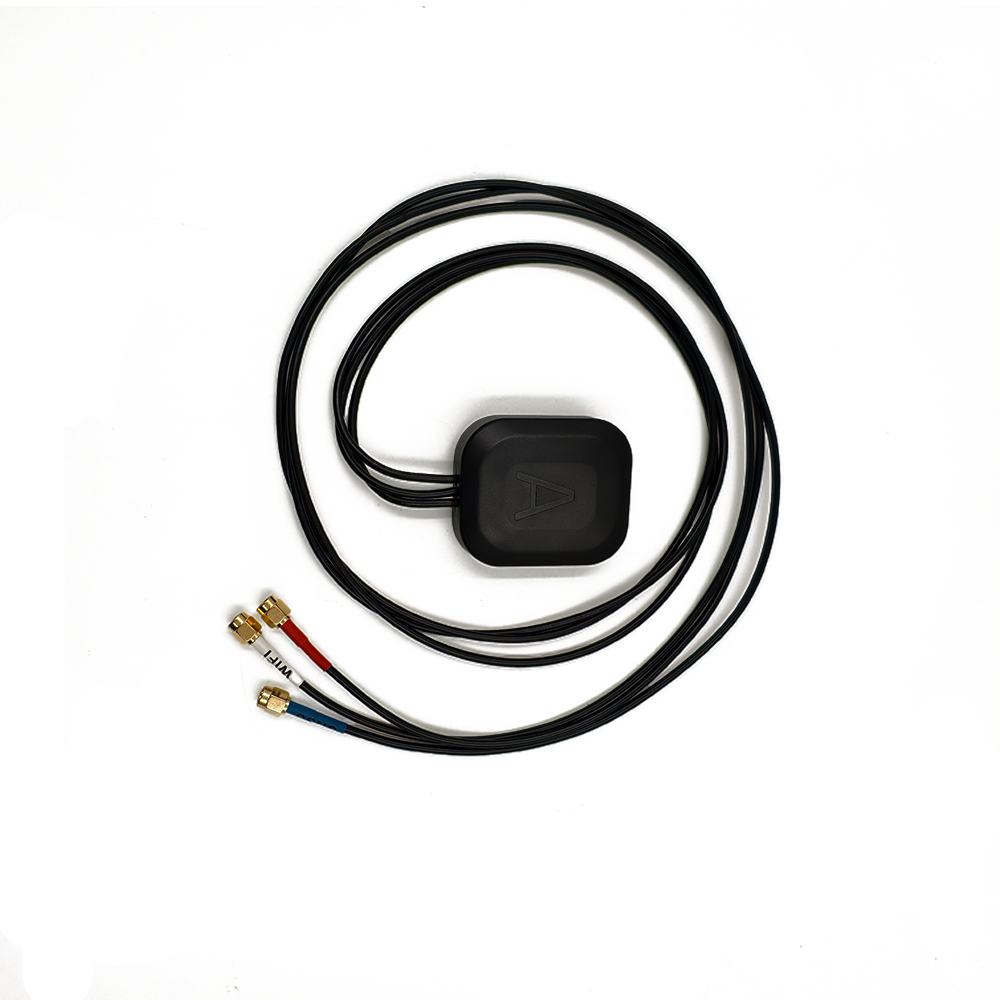Compact multi-band GNSS antenna solutions are rapidly becoming a cornerstone technology across a broad spectrum of industries, driven by the increasing demand for high-precision, reliable, and real-time positioning. Their compact size, combined with superior performance across multiple frequency bands and satellite constellations, makes them ideal for integration into modern electronic systems where space, power, and accuracy are critical constraints.
One of the most transformative applications is in autonomous vehicles and advanced driver-assistance systems (ADAS). Self-driving cars require lane-level accuracy—often within 20 centimeters—to navigate safely, change lanes, and avoid collisions. Compact multi-band GNSS antennas, when fused with inertial measurement units (IMUs), LiDAR, radar, and camera data, provide the robust positioning backbone necessary for safe autonomy. These antennas enable Real-Time Kinematic (RTK) and Precise Point Positioning (PPP) corrections through cellular or satellite-based augmentation systems, ensuring continuous, high-integrity location data even in tunnels or urban environments where GPS signals are weak or reflected.
In the unmanned aerial vehicle (UAV) and drone industry, compact multi-band GNSS antennas are essential for stable flight control, precision landing, geofencing, and automated mission planning. Drones used in agriculture, surveying, delivery, and infrastructure inspection rely on accurate positioning to follow predefined paths and collect spatially referenced data. The ability to maintain signal lock across multiple frequencies ensures uninterrupted operation in complex electromagnetic environments, such as near power lines or urban infrastructure.
Precision agriculture is another major beneficiary. Farmers use GNSS-guided tractors and sprayers equipped with multi-band antennas to perform auto-steering, variable-rate application of fertilizers and pesticides, and yield mapping. This not only increases efficiency and reduces input costs but also minimizes environmental impact by avoiding over-application. Centimeter-level accuracy enables row-by-row planting and harvesting, optimizing crop yields.
The Internet of Things (IoT) and asset tracking sectors are also adopting these antennas for high-value logistics, fleet management, and smart city applications. Connected devices embedded with compact multi-band GNSS can provide real-time location data with improved reliability, even in challenging indoor-outdoor transition zones. For example, shipping containers, construction equipment, and medical assets in hospitals can be tracked with greater precision, reducing loss and improving operational efficiency.
In consumer electronics, smartphones and wearables are increasingly incorporating multi-band GNSS support. Apple’s iPhone 14 and later models, along with select Android flagships, now feature dual-frequency (L1 + L5) GNSS receivers paired with compact multi-band antennas. This enables faster location fixes, better accuracy in dense urban areas, and enhanced performance for augmented reality (AR), fitness tracking, and emergency services like Emergency SOS via satellite.
Looking ahead, future trends point toward even greater integration and intelligence. We are seeing the emergence of multi-sensor fusion modules that combine GNSS, IMU, barometer, and 5G/6G connectivity in a single package, enabling seamless positioning across all environments—including indoors and underground. Artificial intelligence (AI) and machine learning (ML) will play a growing role in predicting signal degradation, classifying multipath errors, and optimizing receiver parameters in real time.
Miniaturization will continue, with chip-scale atomic clocks (CSACs) and photonic-based antennas potentially enabling ultra-stable timing and reception in palm-sized devices. The rollout of new GNSS signals—such as GPS L6, Galileo E6, and BeiDou B2b—will expand correction and authentication capabilities, further enhancing security and resilience against spoofing and jamming.
Moreover, the integration of Low Earth Orbit (LEO) satellite communications with GNSS functionality may lead to hybrid positioning systems that leverage both navigation and data satellites for global coverage, even in remote regions. As regulatory frameworks evolve to support autonomous systems and smart infrastructure, compact multi-band GNSS antennas will become mandatory components in safety-critical applications.
In summary, the trajectory of compact multi-band GNSS antenna solutions is one of convergence—merging precision, miniaturization, and intelligence to enable next-generation technologies that depend on trustworthy and accurate positioning.
Conclusion
Compact multi-band GNSS antenna solutions represent a pivotal evolution in satellite navigation technology, bridging the gap between high-performance positioning and the stringent physical and operational requirements of modern electronic devices. By enabling simultaneous reception of signals across multiple frequency bands and global constellations, these antennas deliver unprecedented levels of accuracy, reliability, and robustness—critical attributes in an era where precise location data underpins everything from autonomous mobility to smart infrastructure and digital economies.
The design and implementation of these antennas reflect a remarkable convergence of RF engineering, materials science, and system integration. Through innovative topologies such as stacked patches, fractal geometries, and metamaterial-inspired structures, engineers have succeeded in shrinking antenna size without sacrificing performance. Integrated low-noise amplifiers, filtering, and impedance matching ensure optimal signal integrity, while careful attention to thermal stability, EMI resistance, and PCB layout guarantees consistent operation in real-world conditions.
Their working principles leverage the full potential of modern GNSS signals, particularly the newer L5/E5 and B2a bands, which offer higher power, wider bandwidth, and advanced modulation schemes. This enables sophisticated error correction techniques, such as ionospheric delay mitigation and multipath suppression, paving the way for centimeter-level accuracy through RTK and PPP. The result is a positioning solution that remains resilient in challenging environments—from urban canyons to forested areas—where traditional single-frequency systems often fail.
While challenges remain—particularly in terms of cost, design complexity, and integration sensitivity—ongoing advancements in semiconductor technology, simulation tools, and manufacturing processes are steadily overcoming these barriers. As production scales and design knowledge becomes more accessible, compact multi-band GNSS antennas are transitioning from niche, high-end components to mainstream enablers of consumer and industrial innovation.
The breadth of applications—from autonomous vehicles and drones to precision agriculture, IoT, and mobile devices—demonstrates the transformative impact of this technology. Looking forward, the integration of AI, multi-sensor fusion, 5G/6G connectivity, and emerging LEO satellite networks will further enhance the capabilities of these antennas, making them indispensable in the development of intelligent, connected systems.
In conclusion, compact multi-band GNSS antenna solutions are not merely incremental improvements—they are foundational building blocks for the future of navigation and geolocation. As society becomes increasingly dependent on accurate, real-time positioning, these compact, powerful, and intelligent antennas will continue to drive innovation, safety, and efficiency across every sector of the global economy.




































































 Language
Language
 En
En Cn
Cn Korean
Korean

 Home >
Home > 








 18665803017 (Macro)
18665803017 (Macro)













